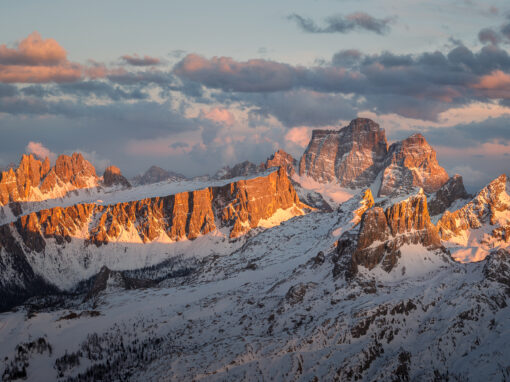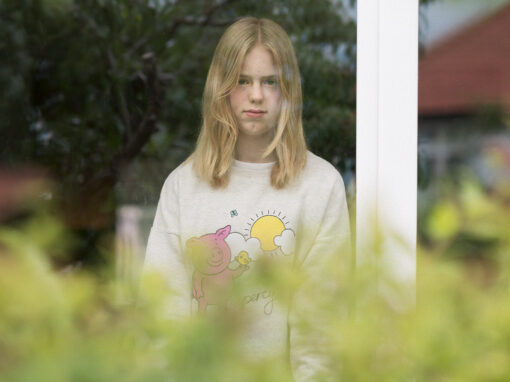I must make a confession. I am known among many of my photography friends for not liking bird photography. In fact, “not liking” probably does not really cover it. I regularly joke with an old school friend and fellow photographer about how many “birds on a stick” he has seen this week. The count is often depressing. I am happy to say that this joke has evolved somewhat in recent weeks and is now “bird on a stick with a stick in its mouth”. However, it still makes me despair. It really does.
This is not to say that I do not like birds. I love them. I find them remarkable creatures, extraordinary remnants of the dinosaurs still with us. To ponder upon this connection should fill every one of us with awe at the magnificent results of evolution.
One of my abiding memories from my childhood is of my grandfather’s back garden bird table. This council house garden was an ornithologist’s dream. It was never free of southern England’s loveliest bird varieties. My own particular affection was, and still is, for the Robin. To this day, it is still not a Christmas holiday without seeing one of these creatures. For me, they signal the season.
My parents, back home in England, continue the bird table tradition. Recently, they were delighted to tell me that they had a woodpecker had dropped by. Unfortunately, avian visitors are less frequent visitors than in the 1970s. This reflects another consequence of our careless trashing of our one and only planet: declining bird populations.
It is fair to say that my scepticism for bird photography is both curious and somewhat irrational. As a potential antidote to this, I thought it would be good idea to explore the work of someone who is really good at bird photography, and I was fortunate to come into contact with Glenn Bartley. Now I said “really good”; this does not do him justice. Glenn Bartley is an exceptional bird and wildlife photographer, and I am delighted to share some of his work with you today.
Bartley is based in British Columbia, Canada, but photographs globally with a particular focus on Latin America. With a postgraduate degree in ecological restoration, he has a background in the natural sciences that provides perfect support for his creative practice as a photographer. Understanding the animals with which you are working with is a great place for a photographer to start. Multiple books of Bartley’s work have been published, and later this year he will release Hummingbirds: A Celebration of Nature’s Jewels. The book, which is co-authored with British ecologist Andy Swash, features over 500 images of these spectacular birds.
I do not often talk about equipment in my articles, as to be honest, I generally could not care less whether a photographer is shooting with a Sony A1, an outdated Nikon D80, or their Dad’s old Polaroid camera that they found abandoned in a box. I care about images. However, I think equipment is relevant here, or the lenses used at the very least. The majority of Bartley’s images are shot using Canon equipment with a 600mm f/4 L lens attached. This monstrous lens looks like it could disrupt the space-time continuum rather than make images, but it is a superb piece of technology. It allows Bartley to get close to the most elusive of subjects. The personalities of the birds and other wildlife that he photographs are evident in the wonderfully detailed images.
Our banner image, Hudsonian Godwit, blew away many of my preconceptions about bird photography. The photograph is simply beautiful: the composition flawless, the lighting and colour palette glorious, and the technical precision immaculate. However, what makes this image extra special is the water dripping from the end of the bird’s beak. This wonderful little touch raises the picture from being lovely to exceptional. If this is what photographing our avian friends is all about, I will take it!
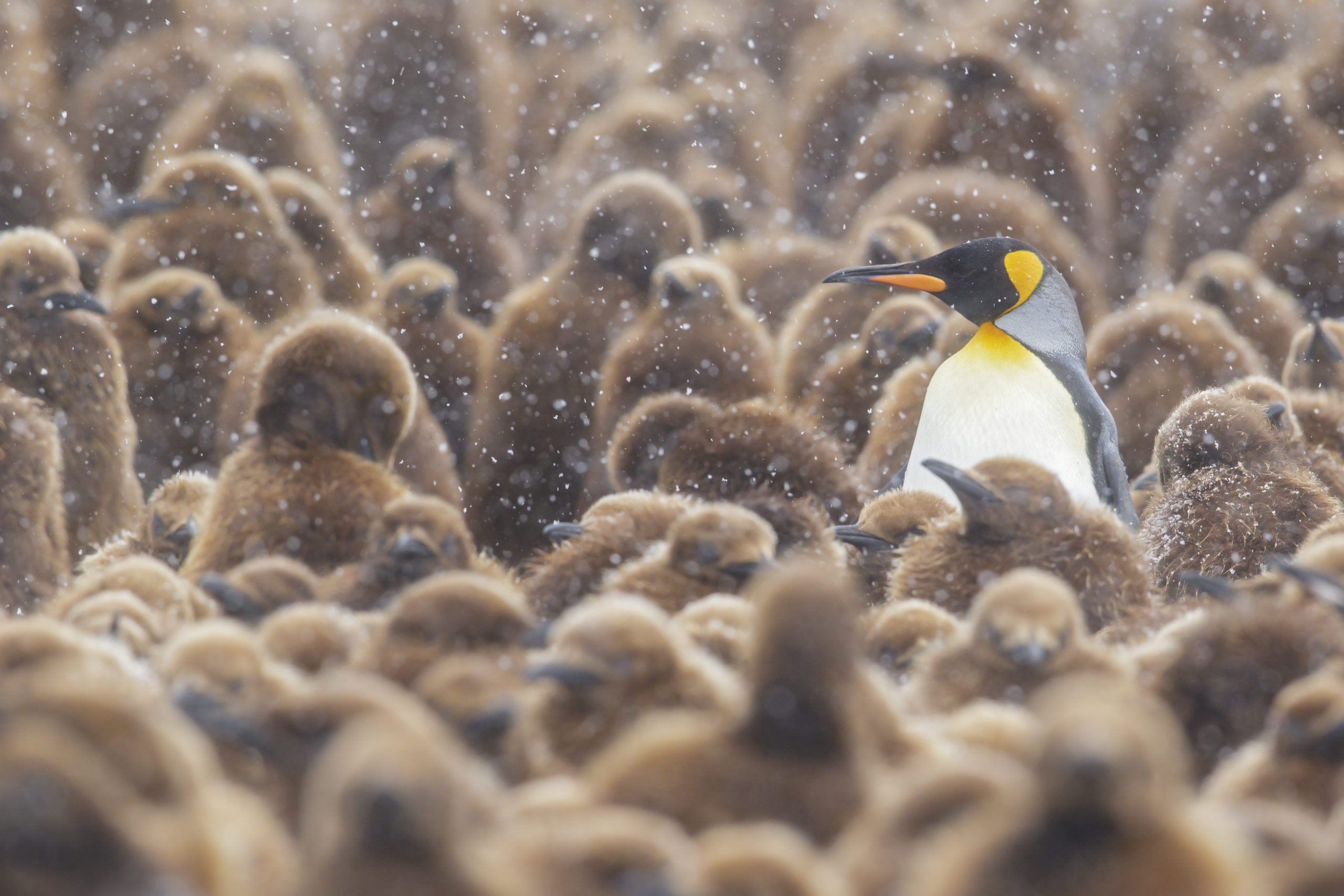
© Glenn Bartley
I am sucker for penguins. I think they are just the most wonderful of animals. They always strike me as so incredibly resilient and community focused. Perhaps I am just anthropomorphising them but watching their colonies cooperate and huddle together for warmth illustrates the power of working together. This photograph, King Penguin, does a lovely job of representing these creatures. You can truly feel the cold in the picture. For the viewer, it appears that the young are being watched over by the adult: the community is safe and here.
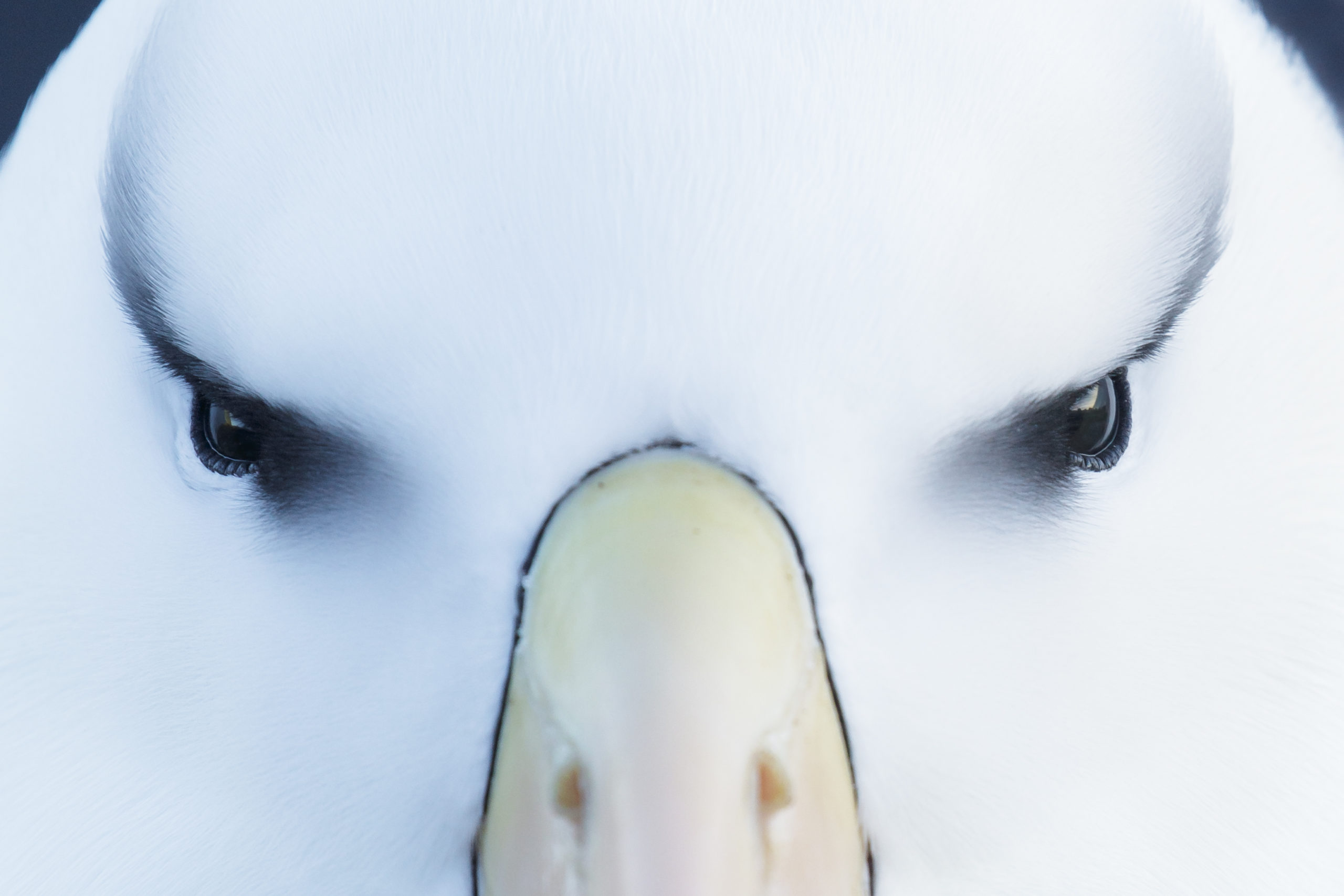
© Glenn Bartley
This photograph, Black-Browed Albatross, looks deeply menacing; this is not a bird that you want to mess with. To me, this is the Bob Hoskins of The Long Good Friday of the bird world. This is the Don of the albatross and he knows it. One nod and you will not be migrating for the winter. I am, of course, anthropomorphising again, but it is a wonderful photograph that represents the animal very differently to how we normally see birds. This is a portrait, and it is an excellent one.
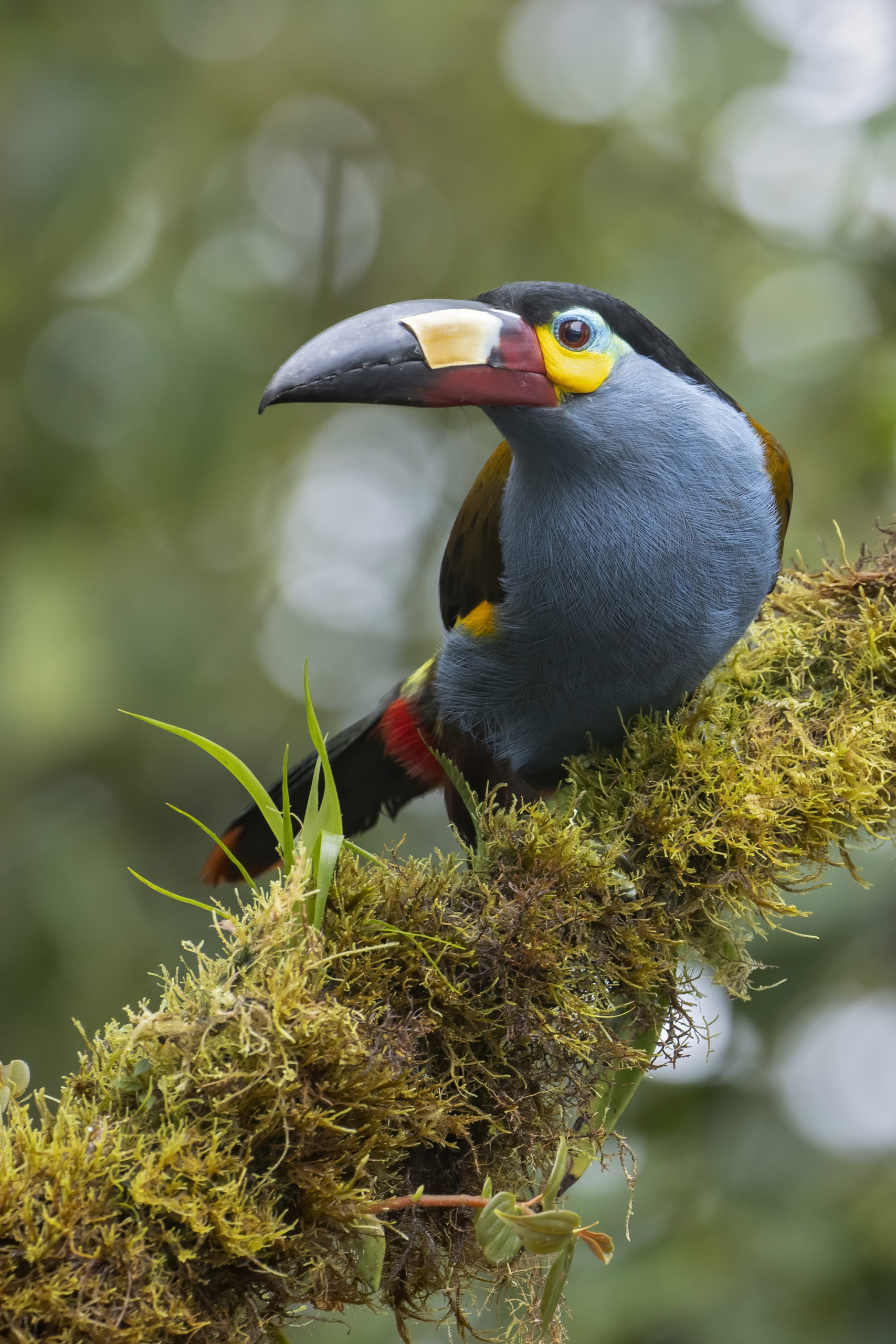
© Glenn Bartley
I mentioned at the start of this article how “bird on a stick” drove me mad. When I recently had the privilege of listening to Bartley talk about his work, he stressed the importance of the bird’s perch in the creation of the image. Here the picture, Plate Billed Mountain Toucan, the perch goes well beyond the ubiquitous “stick” and provides environmental context to this lovely photograph of a toucan. This particular species lives in the temperate forests of the foothills of the Ecuadorian Andes. It is a rich, verdant environment. You can feel the life around the bird.
Even though I am very much committed to the environmental message that runs through almost all bird and wildlife photography, I was a grumpy sceptic before beginning this article. I am no longer. Bartley’s outstanding body of work has helped changed my mind about bird photography. It can be wonderful. I hope you agree.



